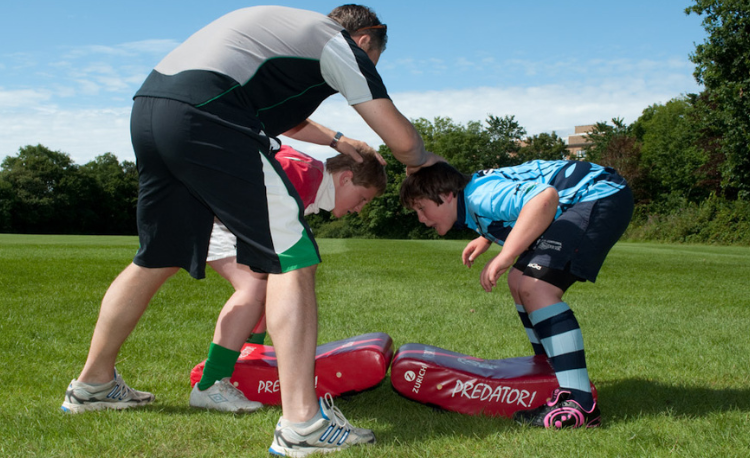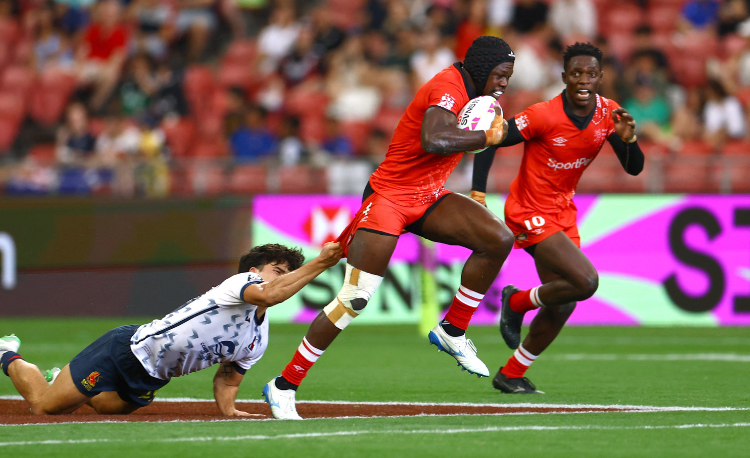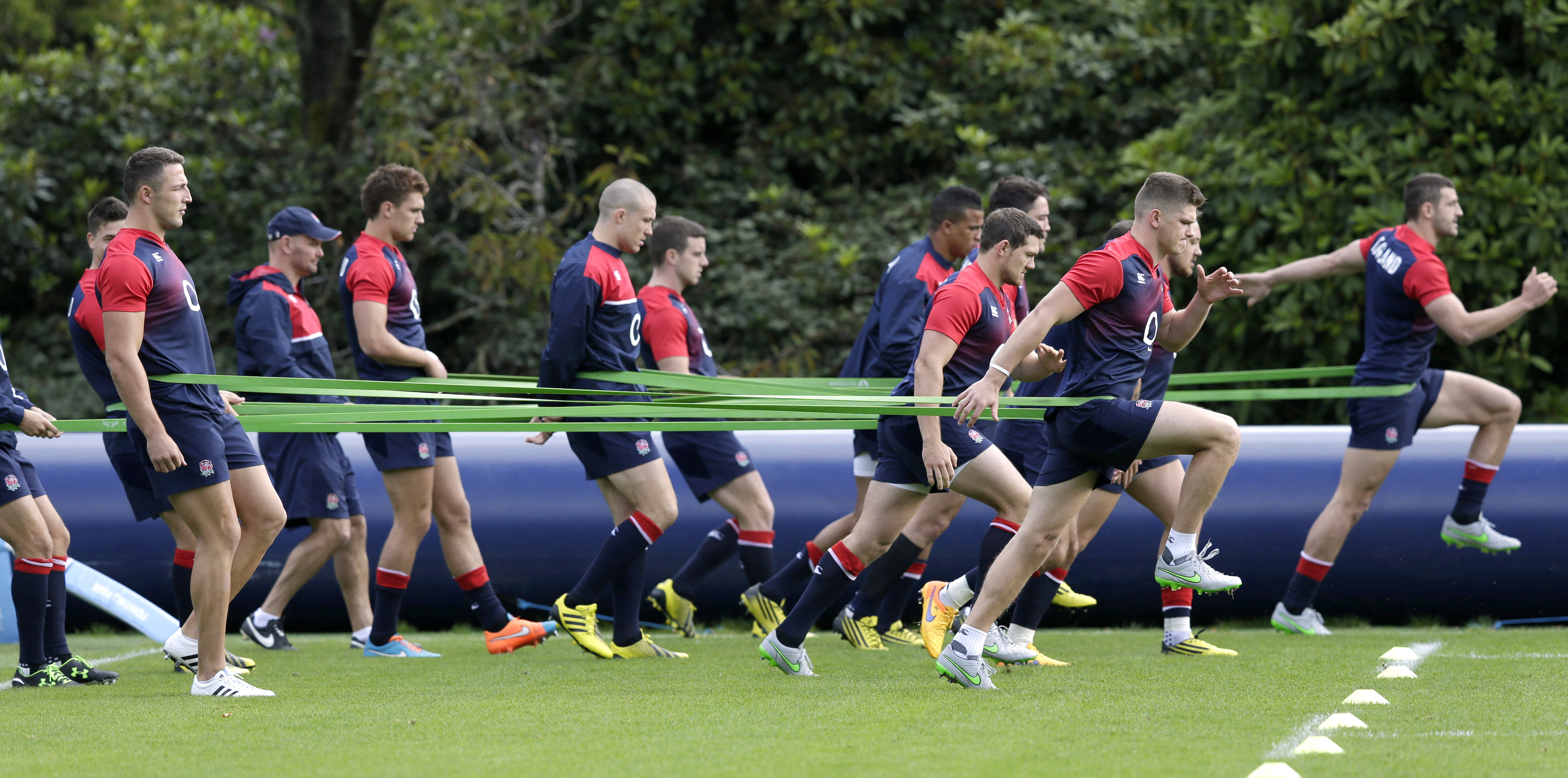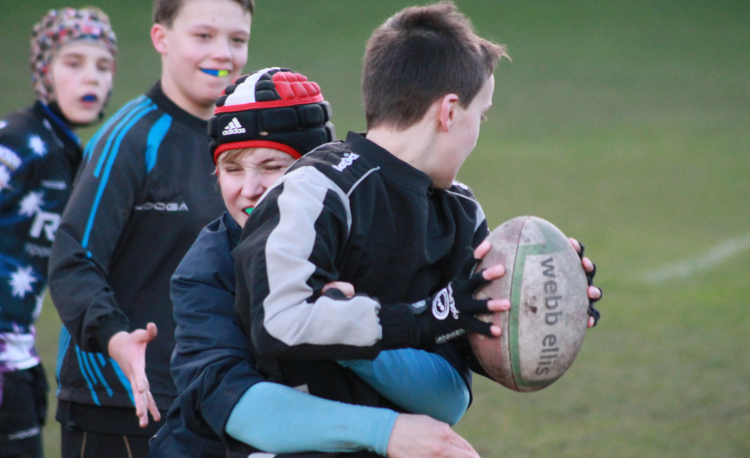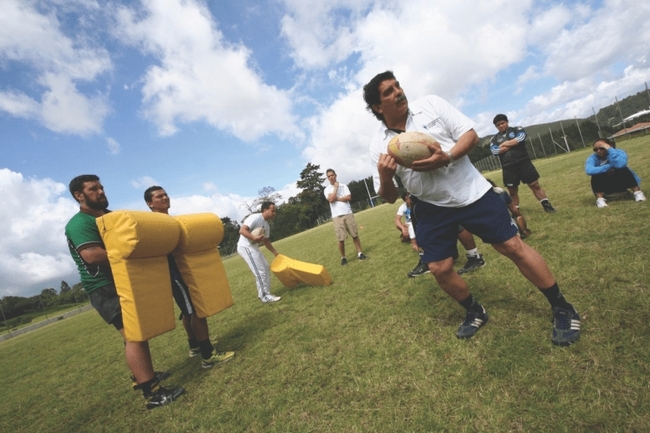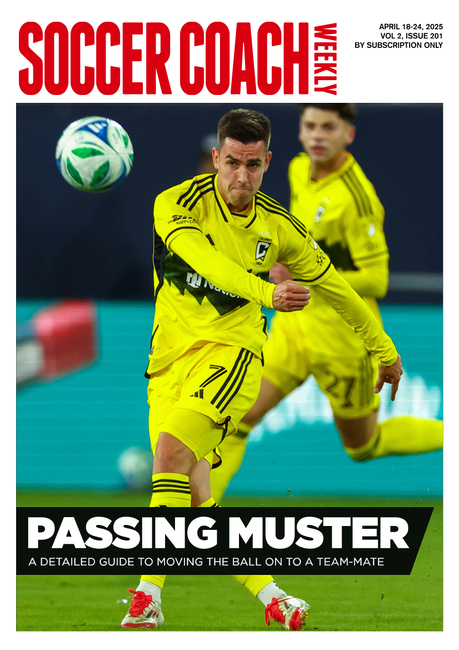Rethink the template: when and how to demo
Demos of a technique can sometimes over-influence a player’s idea of what may work for them. Think differently about how to create a model for them to copy.

Each of us is uniquely built, so we can’t always replicate someone else’s body movements.
We can’t even do it ourselves perfectly. Try writing out your signature 50 times and see how many match each other.
A 2005 study by Williams and Hodges suggests that: "Demonstrations may actually limit potential, as they are over-constraining and force the learner to adopt a movement pattern that may not be the most effective for the individual.
"A demonstration should always be coupled with its outcome effects, so that learners are encouraged to problem-solve and determine how their actions and effects are related."
How can we apply this to our training?
What needs demonstrating?
Start with the idea that nothing needs demonstrating. Instead, set the players challenges and see how well they perform.
As players become successful, other players will naturally observe them, aim to copy them and, hopefully, improve themselves.
That’s a natural order of improvement, but does have its drawbacks – some of them serious. Hence, there are times when you need to step in to create a demonstration situation.
Also, some specific areas of the game need some form of low-level introduction before they come up to game speed.
Tackling, for example, can be introduced with walking rugby, or more aggressive touch rugby. If you set the constraints correctly, the players can find solutions which are safe and repeatable.
In this case, you might stop play to allow a player to demonstrate why they have been successful. You should also ask other players to show how they created their own success.
Scrummaging and lineout-lifting are the most likely areas where a coach might be using demonstrations.
The scrum profile template is recognised by all practitioners as the most effective method to scrummage. Therefore, this is a worthwhile investment of training time.
The most effective demonstrations should be done by the players themselves. However you might need to start the process
.
You must have a strong template yourself, or you might need to bring in some expertise.
It is still essential to use several different players to show their methods. You might correct them a little, but the players need to see how different-shaped athletes perform their techniques.
Lifting needs three players, so you won’t be able to demonstrate on your own. In this case, video clips or pictures might be helpful.
You shouldn’t be doing the lifting or jumping yourself. As soon as you do, you are losing some control of the outcomes, plus increasing the associated risks of injury.
However, in both scrummaging and lifting for lineouts, while the templates are standard, it’s better for the players to see other players performing.
Demonstrations and flow
’Flow’ refers to the flow of both the training session and the technique.
In terms of the training session, you don’t want to slow it down too often. Hence you should try to highlight players who are technically strong in an exercise and ask others to observe them.
Unless there is something dangerous which needs correcting, avoid using more than one or two demonstrations in any one activity.
A technique needs to have context if a player is going to use the skill in a game.
Many demonstrations are static, while the game is dynamic. Try to put the technique demonstration in a flowing situation, so the players can see the potential outcomes.
For example, a spin pass is much easier to direct when you are standing still. Have several different players demonstrate the skill when they are running at different speeds.
And, after each demonstration, ask the players to pick out just one idea they are going to concentrate on. That reduces the number of thoughts the player has in their mind as they move into the next activity.
Summary
- Let the players observe good practice during practice if possible.
- Demonstrate a safe technique if necessary.
- Offer lots of different demonstrations to help players observe different templates.
- Put demonstrations into a game context.
Reference
Williams, A. M. & Hodges, N. J. (2005) – Practice, Instruction and Skill Acquisition: Challenging Tradition. Journal of Sport Sciences, 23(6), 637-650.
Thank you for reading
to enjoy 3 free articles,
our weekly newsletter, and a free coaching e-book
Or if you are already a subscriber, login for full access
Newsletter Sign Up
Coaches Testimonials

Gerald Kearney, Downtown Las Vegas Soccer Club

Paul Butler, Florida, USA

Rick Shields, Springboro, USA

Tony Green, Pierrefonds Titans, Quebec, Canada
Subscribe Today
Be a more effective, more successful rugby coach
In a recent survey 89% of subscribers said Rugby Coach Weekly makes them more confident, 91% said Rugby Coach Weekly makes them a more effective coach and 93% said Rugby Coach Weekly makes them more inspired.
Get Weekly Inspiration
All the latest techniques and approaches
Rugby Coach Weekly offers proven and easy to use rugby drills, coaching sessions, practice plans, small-sided games, warm-ups, training tips and advice.
We've been at the cutting edge of rugby coaching since we launched in 2005, creating resources for the grassroots youth coach, following best practice from around the world and insights from the professional game.






